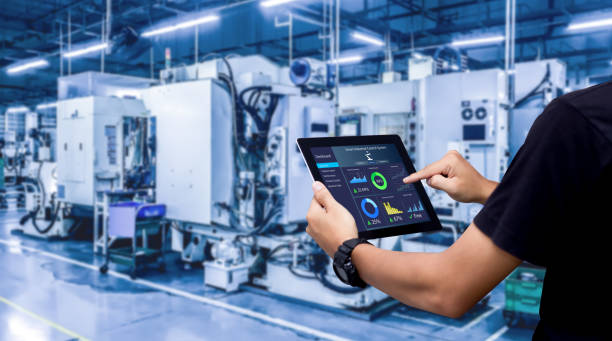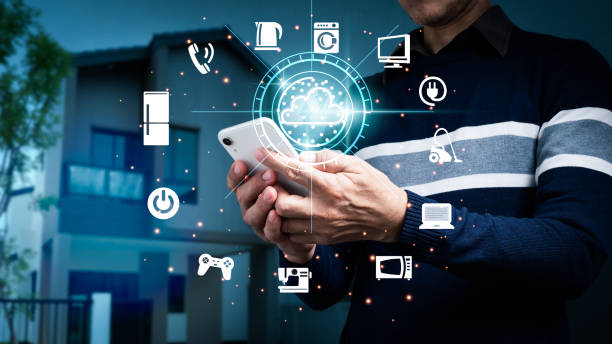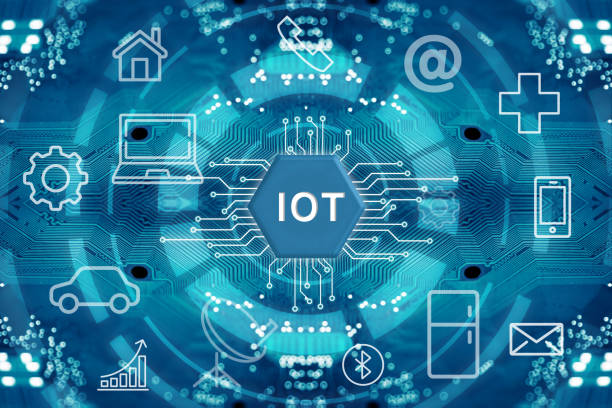Imagine a world where your fridge tells you when you’re running low on milk, your thermostat adjusts to your preferred temperature before you can even get home, and your car alerts you when it needs maintenance. Welcome to the world of the Internet of Things (IoT), where technology and connectivity are revolutionizing industries and improving our daily lives.
The Internet of Things (IoT) refers to the growing network of internet-connected devices and appliances that collect and share data. These devices, which can range from smartphones and laptops to home appliances and vehicles, are embedded with sensors, software, and connectivity which enables them to connect and exchange data with each other and other devices over the internet. TH IoT has the potential to greatly improve the efficiency and convenience of our daily lives and is already being used in a variety of industries such as healthcare, transportation, and manufacturing. As the technology continues to advance and the number of connected devices grows, the impact of the IoT is expected to become even more significant.
The Internet of Things (IoT) has the potential to bring many benefits, but also comes with some potential drawbacks.
Pros:
1. Increased Efficiency: IoT devices can automate repetitive and time-consuming tasks, freeing up time for more important activities.
2. Improved Safety: IoT devices can monitor for potential hazards and alert authorities in case of emergency.
3. Better Decision Making: IoT devices can gather and analyze data, providing valuable insights for decision-making in various industries.
4. Convenience: IoT devices can make daily tasks more convenient, such as smart home devices that can be controlled remotely.
5. Cost Savings: IoT devices can reduce costs by increasing efficiency, reducing human labor, and reducing waste.
Cons:
1. Security Risks: As IoT devices collect and share personal data, they may be vulnerable to cyber-attacks, hacking, and data breaches.
2. Privacy Concerns: IoT devices that collect and share personal data may raise concerns about privacy and the use of this data.
3. Dependence on Technology: As we rely more on IoT devices to automate tasks and make decisions, we may become too dependent on technology.
4. Limited Interoperability: Not all IoT devices can communicate with each other, limiting their potential use.
5. Implementation and maintenance cost: IoT implementation and maintenance costs can be high for businesses and individuals.
It’s important to weigh the pros and cons of IoT when considering adoption and implementation.
The Internet of Things (IoT) is expected to continue growing in the coming years, with many new devices and applications being developed. Some predictions for the future of IoT include:
- Increased Adoption: IoT technology is becoming more affordable and accessible, leading to increased adoption across a wide range of industries and households.
- Smart Cities: IoT technology will play a key role in the development of smart cities, with connected devices being used to improve transportation, energy management, and public services.
- Advanced Analytics: IoT devices will generate large amounts of data, which will be analyzed to gain insights and improve decision-making.
- Artificial Intelligence: IoT devices will become more intelligent, with the integration of artificial intelligence (AI) and machine learning (ML) capabilities.
- Edge computing: IoT devices will increasingly make use of edge computing, allowing for faster processing and decision-making closer to the device, rather than relying on centralized cloud computing.
- 5G: The wide deployment of 5G networks will enable a huge number of IoT devices to communicate with one another, allowing for many new use cases to be developed.
- Autonomous vehicles: IoT will play a crucial role in the development of autonomous vehicles, providing the necessary sensors, communication, and analytics for self-driving cars to navigate the road.
- Industrial IoT: IoT will be used to improve industrial processes, increase efficiency, reduce downtime, and improve safety.
Overall, the Internet of Things is expected to bring about significant changes in the way we live, work, and interact with our environment, bringing convenience, efficiency, and new opportunities.
Experience the power of connectivity with the Internet of Things!



